https://www.himalmag.com/archives/queering-delhi-photo-essay-lgbt-section-377-sunil-gupta
Exploring the evolving landscape of LGBTQ+ representation in Indian art, shedding light on the diverse ways artists incorporate themes of identity, love, and acceptance into their creations.
In recent years, the landscape of Indian art has undergone a profound transformation, reflecting the shifting social and cultural dynamics within the country. India, traditionally known for its conservative societal norms, has gradually witnessed a burgeoning movement towards greater acceptance and recognition of LGBTQ+ identities. This change has been fueled by a combination of factors, including legal reforms such as the decriminalisation of homosexuality in 2018, as well as increased visibility and advocacy efforts by LGBTQ+ activists and allies. Against this backdrop of evolving attitudes and progressive changes, artists have emerged as powerful agents of social change, using their creative platforms to challenge stereotypes, break down barriers, and foster empathy and understanding.
The inclusion of LGBTQ+ themes in Indian art represents a significant departure from the past, where such topics were often marginalised or taboo. Artists are now exploring diverse identities, experiences, and narratives within the LGBTQ+ community, shedding light on the complexities of human relationships and the struggles for acceptance and equality. Through their artwork, they aim to amplify the voices of marginalized communities, confront prejudice and discrimination, and advocate for greater visibility and representation
This shift towards greater inclusivity and representation in Indian art not only reflects changing societal attitudes but also underscores the transformative power of art as a catalyst for social change. By embracing LGBTQ+ themes and narratives, artists are not only challenging existing norms and stereotypes but also creating spaces for dialogue, empathy, and solidarity. In doing so, they are contributing to a more inclusive and accepting cultural landscape, where individuals of all gender identities and sexual orientations can see themselves reflected and celebrated.
https://www.himalmag.com/archives/queering-delhi-photo-essay-lgbt-section-377-sunil-gupta
One notable example of LGBTQ+ representation in Indian art is the work of photographer Sunil Gupta. Through his poignant images, Gupta explores the complexities of queer identity in the Indian context. His series ‘Mr Malhotra's Party’ documents the vibrant queer nightlife scene in Delhi, offering a candid glimpse into the lives of individuals navigating societal expectations and personal desires. Gupta's photographs challenge stereotypes and celebrate the resilience and diversity of LGBTQ+ communities in India
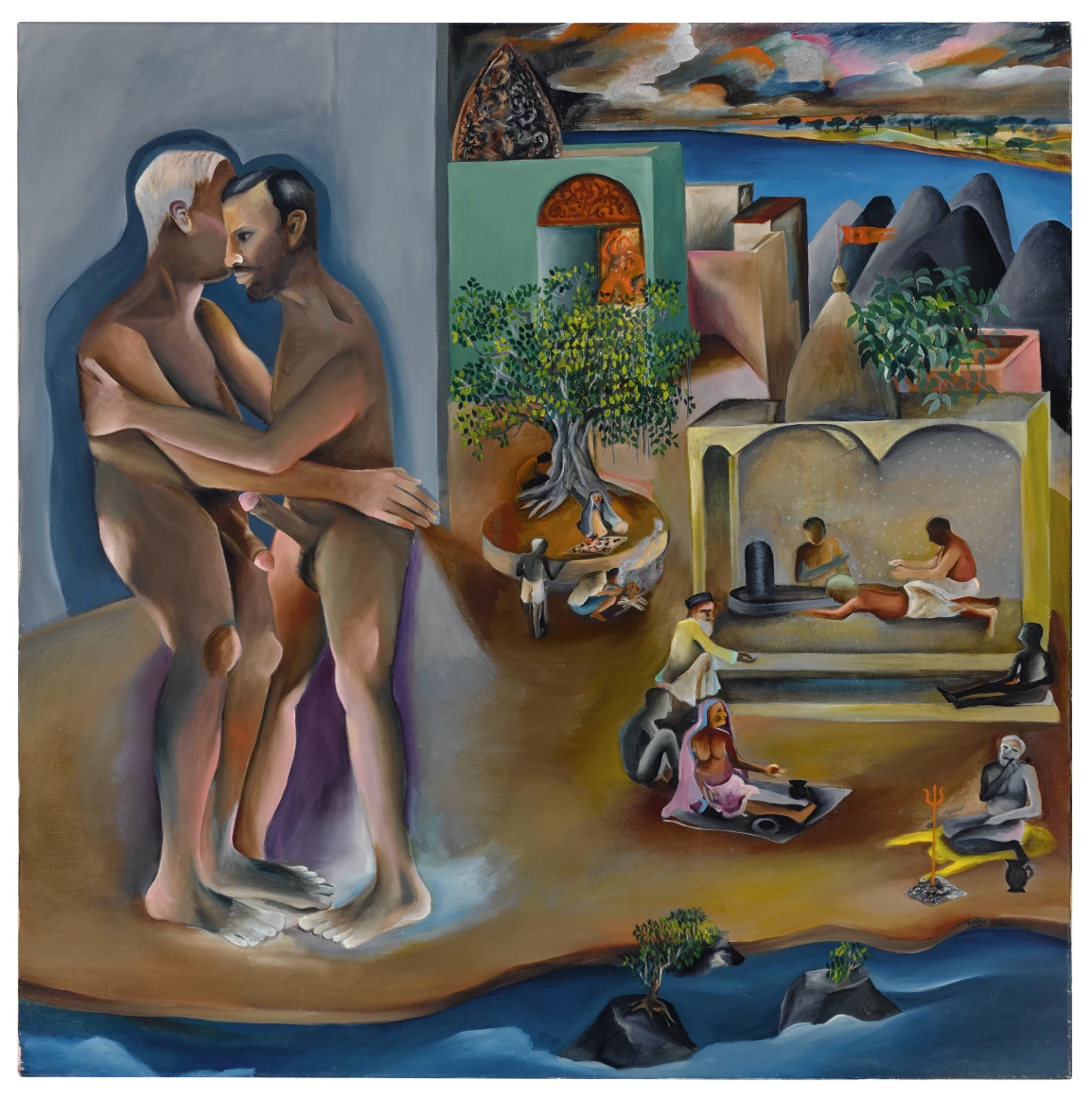
https://www.sothebys.com/en/articles/bhupen-khakhars-courageous-work-two-men-in-benares-1982
Internationally acclaimed artist Bhupen Khakhar is celebrated for his groundbreaking paintings that depict same-sex desire with honesty and sensitivity. His iconic work ‘Two Men in Benares’ portrays an intimate moment between two male figures against the backdrop of the ancient city of Varanasi. Khakhar's bold representation of queer love challenges traditional norms and prompts viewers to confront their preconceptions about sexuality and identity.
On the international stage, Indian-American artist Chitra Ganesh is renowned for her powerful reinterpretations of Hindu mythology with a queer and feminist lens. Her series ‘Tales of Amnesia’ subverts traditional narratives to highlight marginalised voices. Ganesh's vibrant and provocative artworks challenge heteronormative constructs while reclaiming space for queer representation within cultural mythology. In her art, Ganesh revitalises old stories, blending them seamlessly into today's world.
In the digital realm, platforms like Instagram have become fertile ground for LGBTQ+ artists to share their perspectives and experiences. Indian illustrator and graphic designer Samidha Gunjal uses her art to celebrate queer love and visibility.
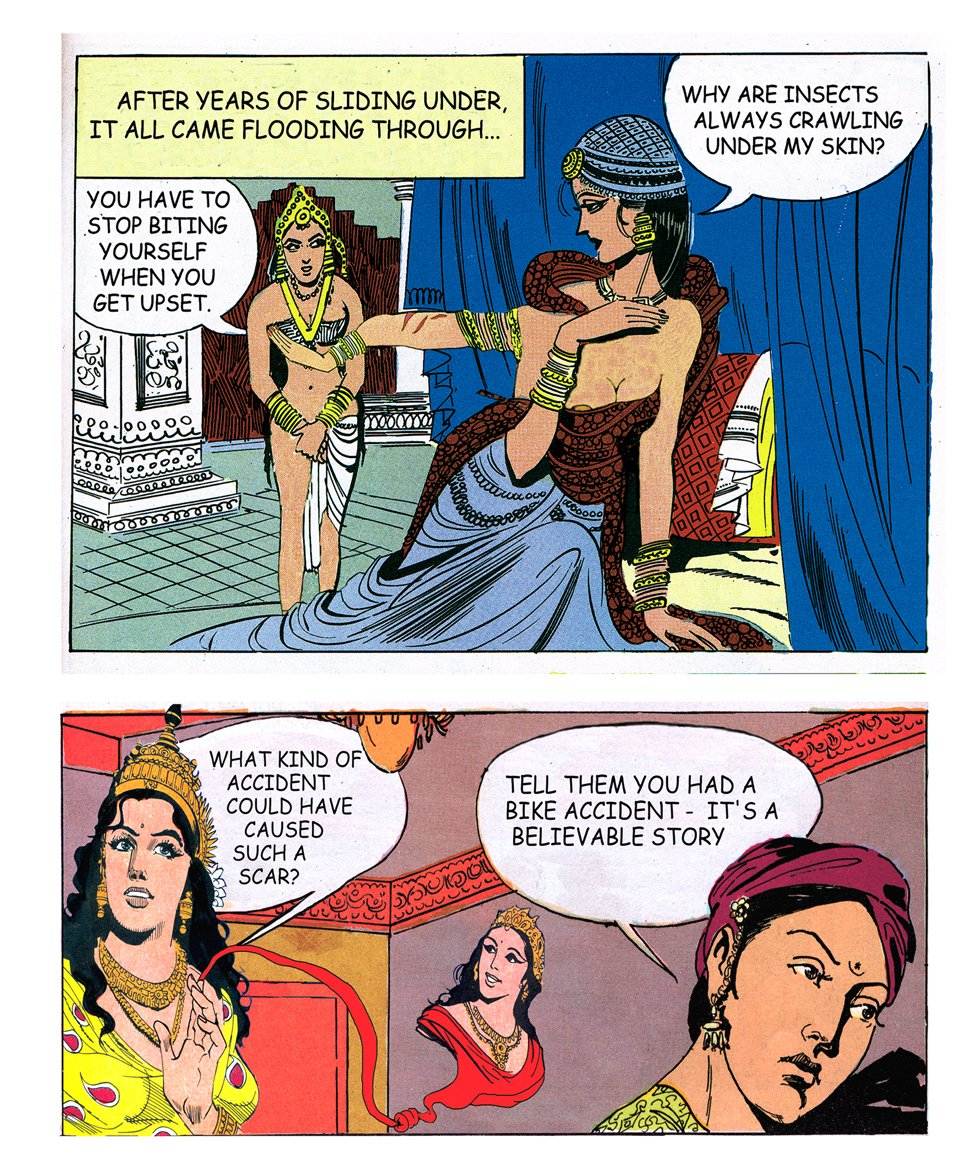
Image Credit: https://www.chitraganesh.com/work/tales-of-amnesia
Her colourful illustrations depict diverse relationships and identities, spreading messages of love, acceptance, and empowerment to a global audience.
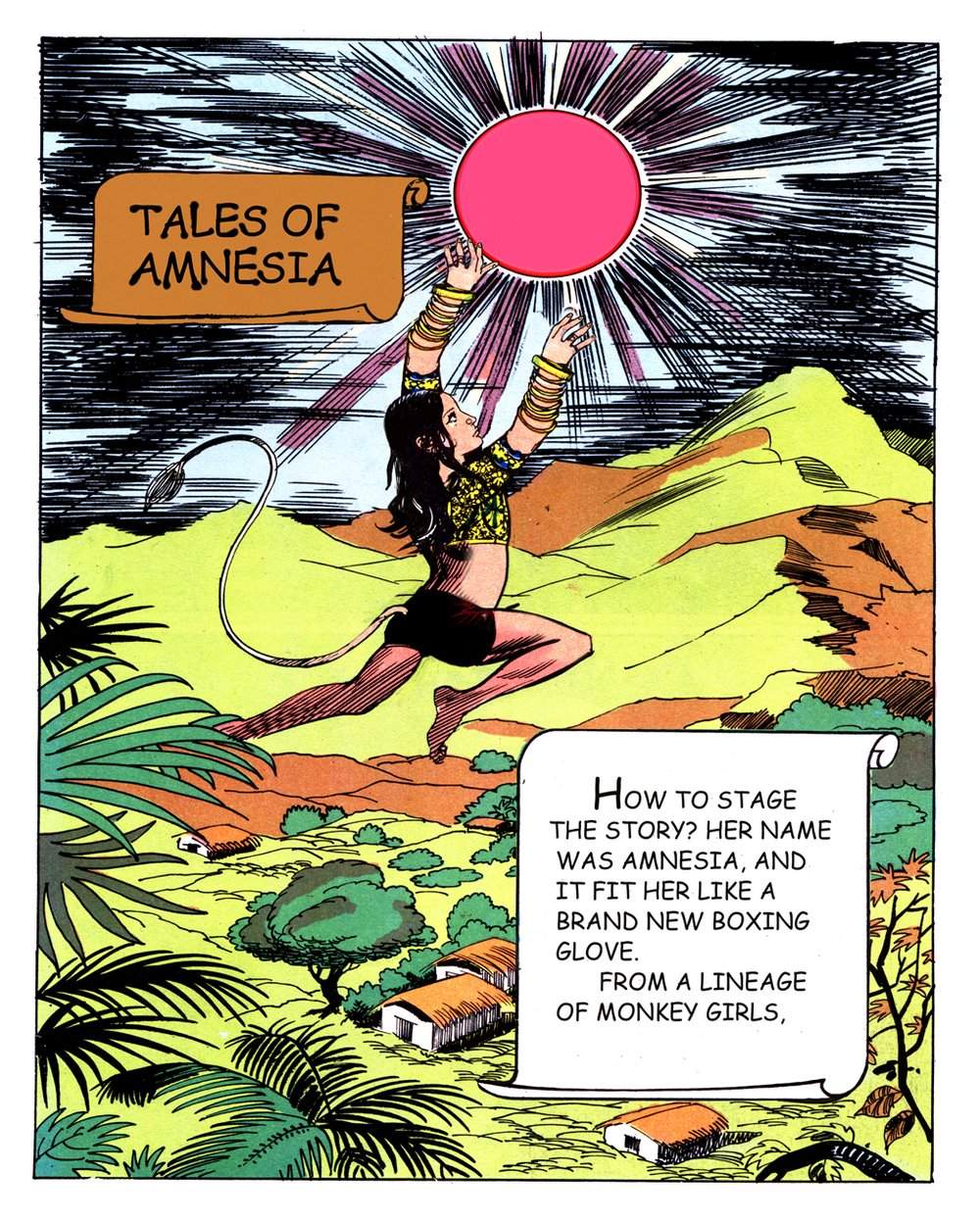
Image Credit: https://www.chitraganesh.com/work/tales-of-amnesia
These examples highlight the diverse and multifaceted ways in which LGBTQ+ representation is flourishing in Indian art. From photography and painting to multimedia installations and digital art, artists are using their creative voices to challenge stereotypes, foster empathy, and promote social change.
As the cultural landscape continues to evolve, LGBTQ+ artists and their allies play a vital role in shaping a more inclusive and equitable society.






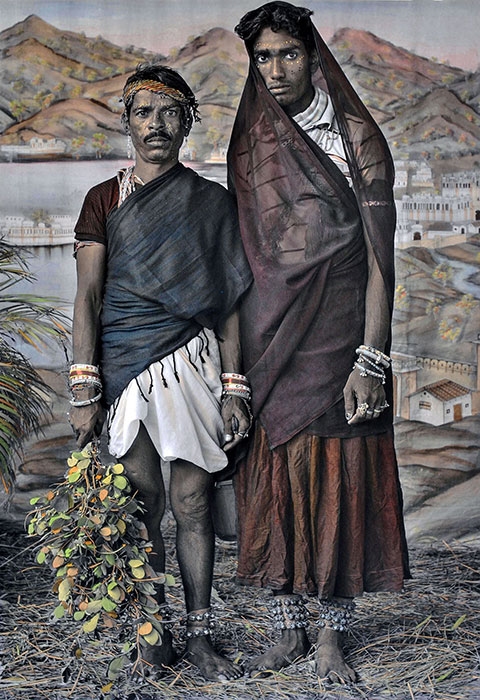
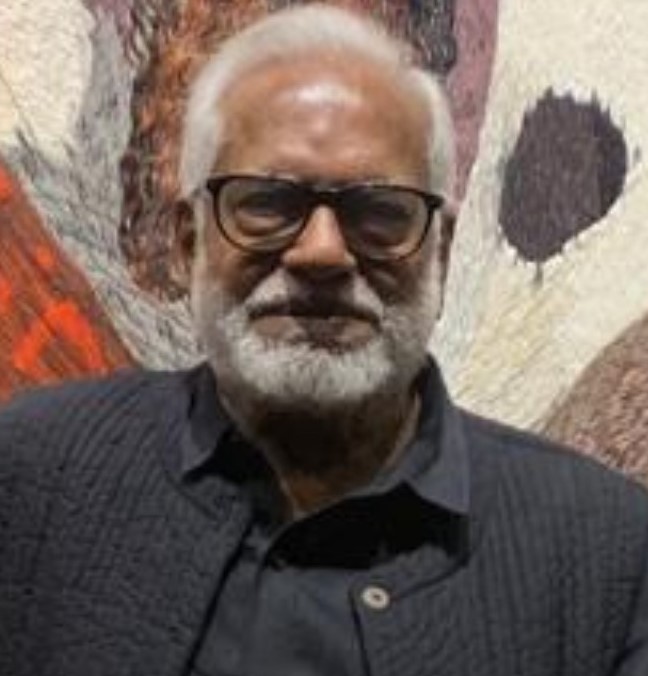
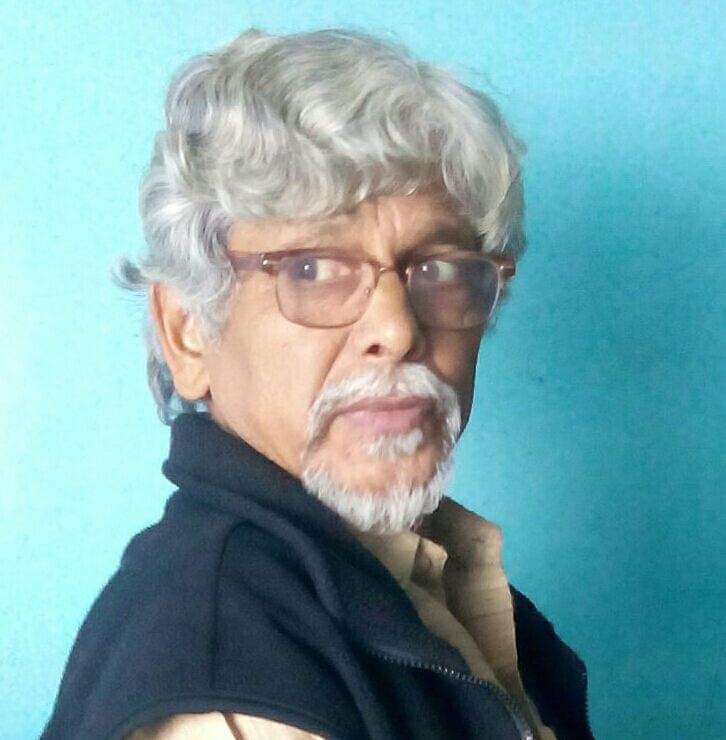
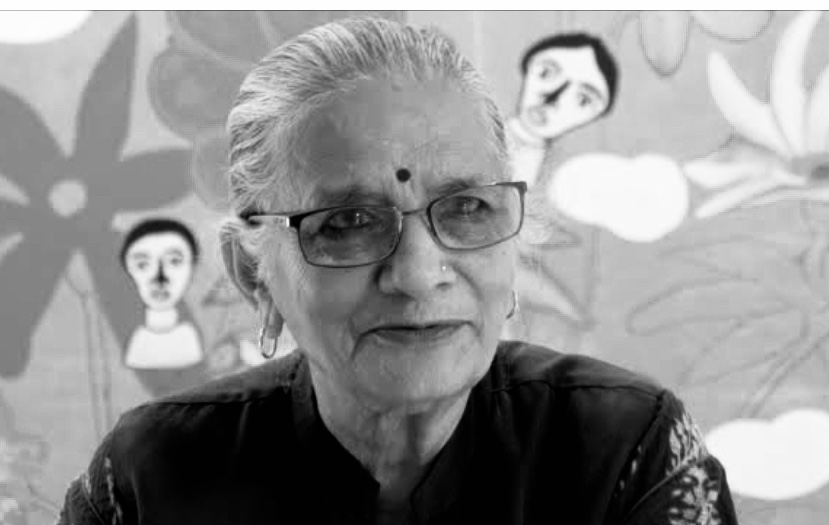
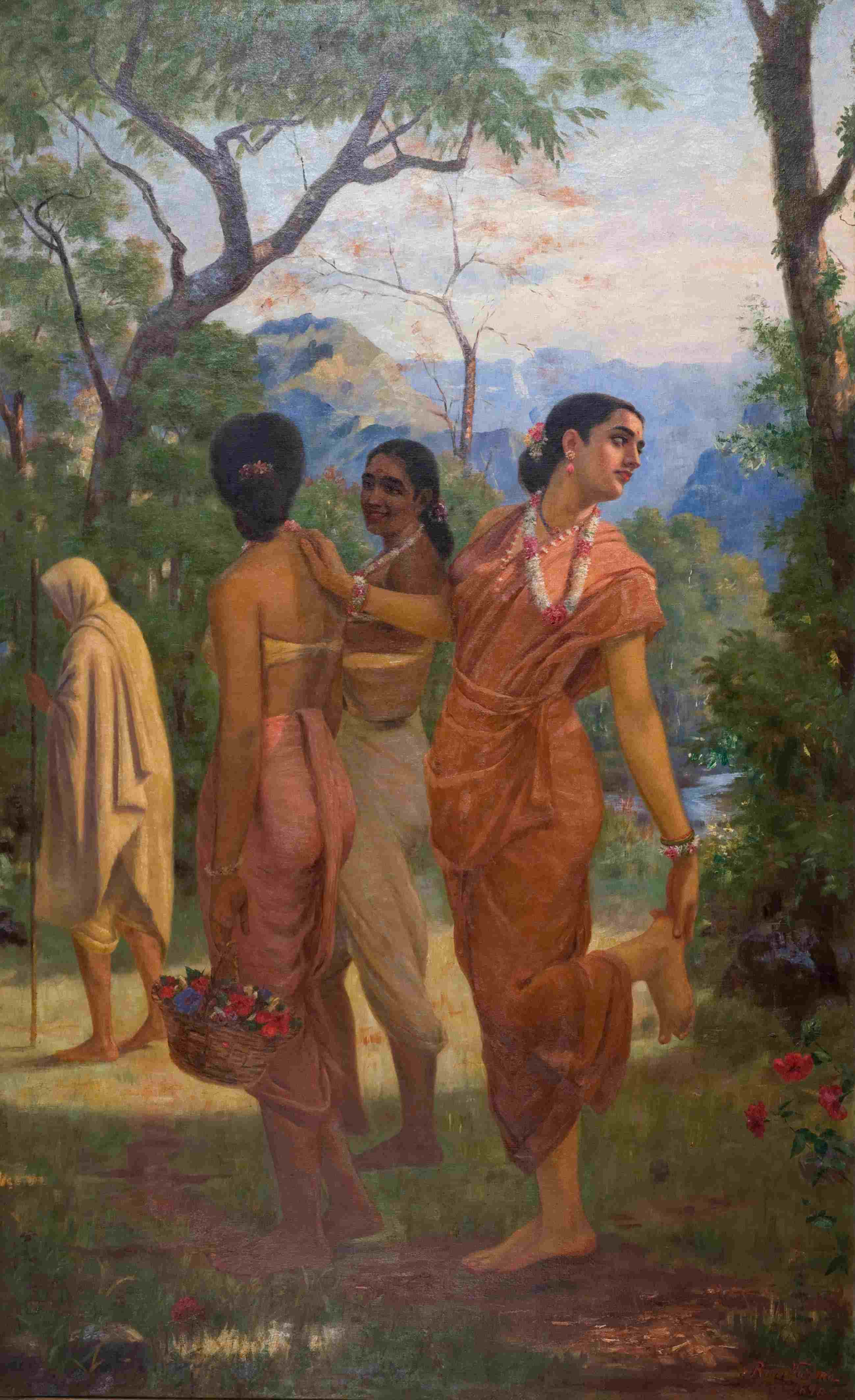

Leave a Comment